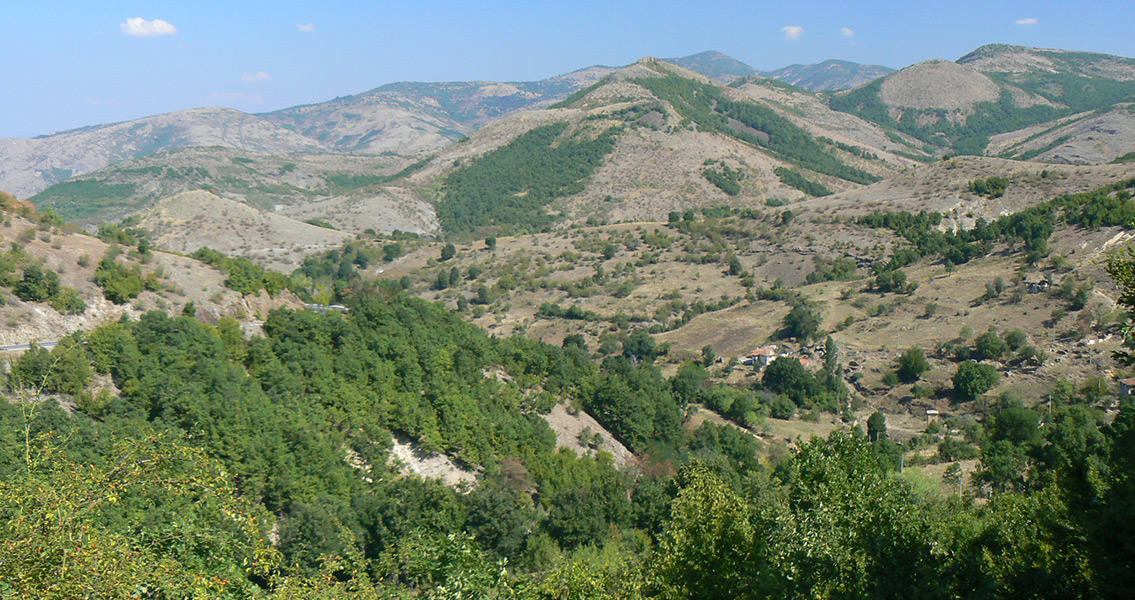<![CDATA[In the Eastern Rhodope Mountains of Bulgaria, archaeologist Lyuben Leshtakov with the National Institute and Museum of Archaeology located in Sophia has discovered the remains of an ancient Thracian woman, in a grave which dates back to the fourth century BCE, when Alexander the Great ruled Macedon. The tomb, a “rock grave” literally carved into rock, contained a cache of treasure, including approximately 60 bronze and silver pieces of adornment such as a tiara, rings, earrings, necklaces and beads, and could potentially be part of a necropolis or rock mausoleum. The body of the noblewoman had been dismembered into five pieces after her death, a practice that corresponds to the Orphic rituals practiced by the ancient Thracians. The five pieces of the woman’s body were then placed at different locations within the grave, with the skull supported by two stones and the silver tiara underneath it. The presence of the tiara indicates the woman was one of the elite, or possibly even a princess or priestess. Orphism is a set of religious beliefs practiced by the Thracians. It’s associated with literature that has been ascribed to Orpheus, the mythical poet who descended into Hades and returned. The Orphics also celebrated Persephone who, according to Ancient Greek mythology, went down into Hades annually and then returned. The jewels found in the grave are described in Archaeology of Bulgaria as Hellenistic period body and head adornments, with 11 rings that bear the images of ancient deities like Nike, the victory goddess. Archaeologists also found a silver coin used in the ancient Greek city of Maroneia, which was located on the coast of the Aegean Sea. The coin, a tetradrachm, was used as an obol, a coin which was ritually placed under the tongue of a deceased person as payment to the Charon, the mythical ferryman of Hades who transported the souls of the deceased across the rivers Acheron and Styx to the underworld. Several of the artifacts recovered from the grave are believed to have been produced in either Maroneia or other Greek cities along the Aegean coast, which is only 100 km away. Some however, were made in the prehistoric Thracian Odrysian Kingdom. The combination of imported and locally made items is believed to be evidence of the material culture enjoyed by these ancient people. The Thracians were actually a group of individual Indo-European tribes that inhabited a large region in southeastern Europe. It’s generally accepted that the Thracian people were in existence starting in the early Bronze Age. In Greek mythology, Thrax (also known as Thracian) was known as one of the sons of the god Ares. The excavations are being privately funded by businessman Alexander Mitushev, who made headlines last year when he purchased a Bronze Age archaeological artifact; a toy stork which could be the oldest children’s toy in Europe. An amateur archaeologist, Mitushev discovered a stone altar last year only 4 meters from the rock grave. ]]>
Mythology Comes to Life in Bulgarian Rock Grave
